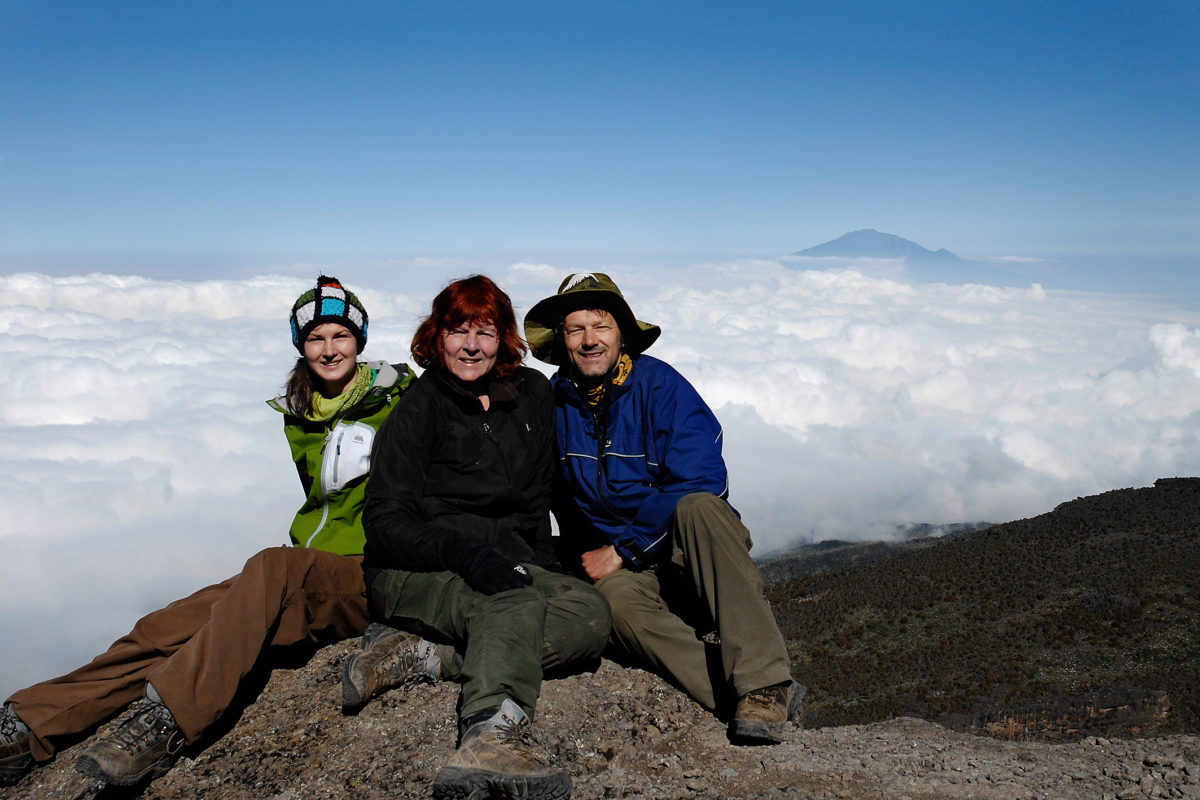If you want to go on an adventure of a lifetime then you need to climb Mount Kilimanjaro. It is an experience that will awaken your soul and your spirit. The reality of hiking Kilimanjaro may seem daunting at first, but following the correct procedures will make this adventure truly unforgettable.
The reality is that the hiking of Kilimanjaro requires dedication and determination. It is not like a Sunday hike in the Magaliesburg! You need to make sure that you get the appropriate training, as well as that you have all of the appropriate gear and documentation. Once you have booked the trip and you have all of your documentation in order (which may include a visa), you can begin the training process.
In order to train properly for climbing Kilimanjaro you will need to equip yourself with hiking poles and proper hiking boots. It is also important to train with the day pack that you are planning on taking with you. Once you have all of the essential gear, you can begin your walking sessions. At first, you should start out with care, choose easy nature trails to walk on and remember that the hiking of Kilimanjaro will be a slow process. You do not need to push yourself in terms of speed. Once you feel confident in your hiking ability, you can plan an all day hike as well as an overnight hike on more difficult trails. As soon as you are able to hike for a minimum of 6 hours without feeling out of breath or ill, you will be ready to tackle hiking Kilimanjaro. It is advisable to start the training process a few months before you go on the trip, especially if you are not an experienced climber. Remember, anyone can climb Kilimanjaro! It is not only for the experienced or the super-fit.
When hiking up the mountain, there will be a few obstacles that you will need to overcome. This will include the weather and the potential altitude sickness. Kilimanjaro does have snow, which is thicker during certain times of the year, thus making it more difficult to climb. If it is your first time hiking Kilimanjaro, try to go during the spring time, where the weather will be at its most mild. Altitude sickness can affect anyone regardless of their fitness level. It will normally begin to occur at 2000 feet above sea level. Some of the symptoms that you might experience will include headaches, fatigue, dizziness, stomach illness and lack of sleep. Unfortunately, if you do get altitude sickness from hiking Kilimanjaro, you may not be able to continue with the climb depending on the severity of your symptoms.
